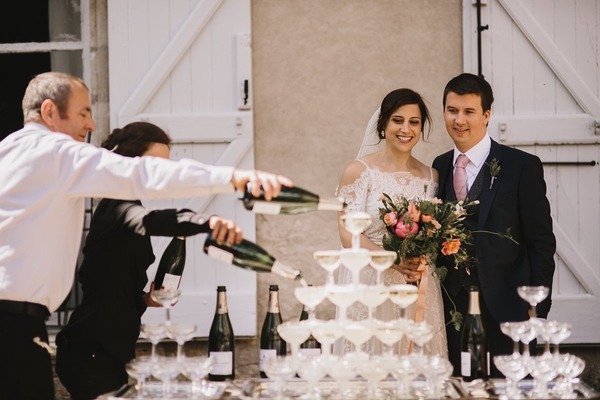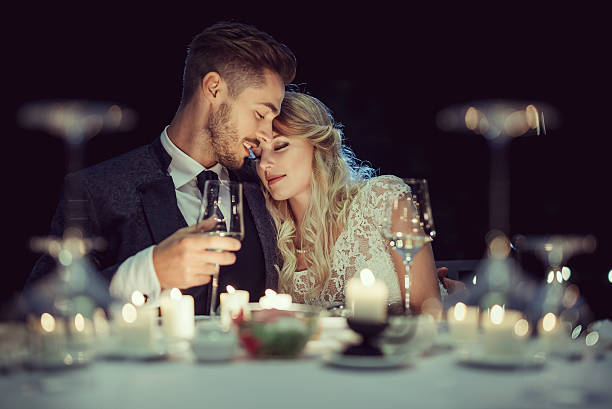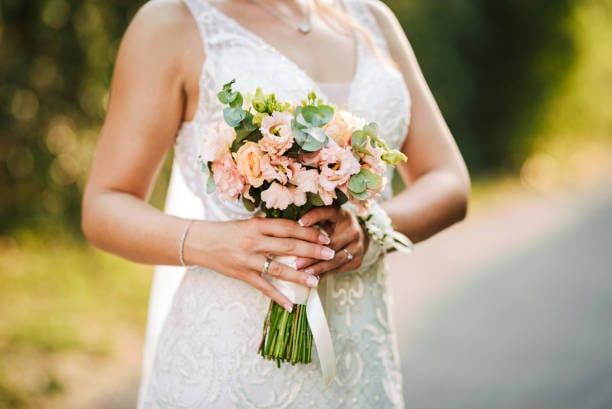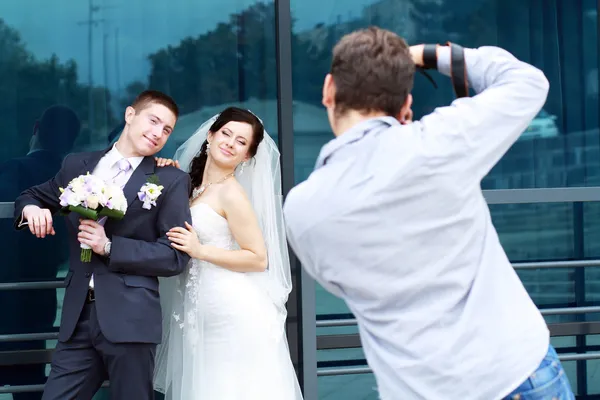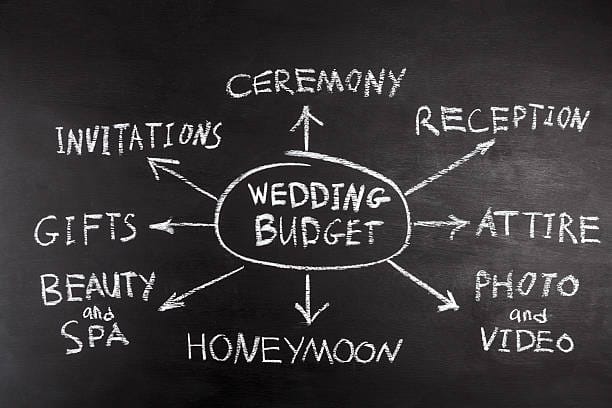The Whimsical World of Wedding Traditions: A Fun Stroll Down Memory Lane
Have you ever wondered why brides toss their bouquets, or why wedding rings are worn on the “ring finger”? Well, buckle up, because we’re about to dive into the quirky and delightful origins of some of our most cherished wedding traditions. Prepare for a fun and enlightening journey through history that might just make you see weddings in a whole new light!
The Bouquet Toss: A Flight for Freedom
Let’s start with the high-flying spectacle of the bouquet toss. Picture this: you’re at a wedding, and the DJ announces it’s time for all the single ladies to gather. The excitement builds, and then whoosh, the bouquet sails through the air. But why? Historically, it was believed that touching the bride or anything she wore would bring good luck. To avoid having her dress ripped apart by eager guests, the bride would toss her bouquet to distract the crowd as she made a swift exit. Today, it’s a much more lighthearted affair, with the lucky catcher supposedly next in line for marriage. Talk about a floral lottery!
The Sweet Escape of the Garter Toss
While we’re on the topic of tossing, let’s not forget the garter. This tradition also has its roots in the belief that owning a piece of the bride’s attire would bring good luck. The garter, being a bit more discreet than, say, a veil, became the object of choice for a playful removal by the groom and subsequent toss to the single gentlemen. It’s like a medieval version of capture the flag, but with a lot more romance and a bit less mud.
The “Ring Finger” Mystery Unveiled
Now, onto the ring finger. Why do we wear wedding rings on the fourth finger of the left hand? The ancient Romans believed that the “vena amoris,” or vein of love, ran directly from this finger to the heart. Although modern science has debunked this charming notion, the symbolism of a direct connection to the heart endures. It’s a poetic way to signify that your love is, quite literally, close to your heart.
The Sweet Layers of the Wedding Cake
Ah, the wedding cake, a towering confection of sweetness and tradition. But did you know that its origins are not quite so sugary? In Ancient Rome, a loaf of bread was broken over the bride’s head to ensure fertility and good fortune. This evolved into the custom of piling up sweet buns between the bride and groom, challenging them to kiss over the precarious stack. The modern wedding cake, with its layers and frosting, symbolizes this tradition of sweetness and the building of a life together, one delicious layer at a time.
Something Old, Something New, Something Borrowed, Something Blue
This charming rhyme is all about warding off the Evil Eye and ensuring fidelity, happiness, and fortune. “Something old” represents continuity; “something new” offers optimism for the future; “something borrowed” brings the couple good luck; and “something blue” denotes fidelity and love. It’s like a magical charm bracelet made up of items, each with its own special meaning and purpose.
The Veil: A Shroud of Mystery and Protection
The bridal veil, with its delicate beauty, carries a history of mystery and protection. Originally, it was used to ward off evil spirits and to preserve the bride’s modesty. In some cultures, it also represented the unveiling of a new life and the revealing of the bride to her groom. Today, it’s a stunning accessory that adds a touch of elegance and tradition to the bridal ensemble.
The Threshold Carry: A Leap of Faith
And finally, the threshold carry. This tradition stems from the belief that a bride was vulnerable to evil spirits through her feet. To avoid this, the groom would carry her into their new home. It’s a sweet gesture that has evolved into a symbol of the groom helping his bride in starting their new life together.
Weddings are a tapestry of traditions, each with its own unique story and meaning. Whether you choose to embrace these customs or create your own, remember that each element adds a special touch to your big day. So, the next time you find yourself at a wedding, you can impress your fellow guests with your knowledge of these whimsical traditions. Here’s to love, laughter, and happily ever after!

